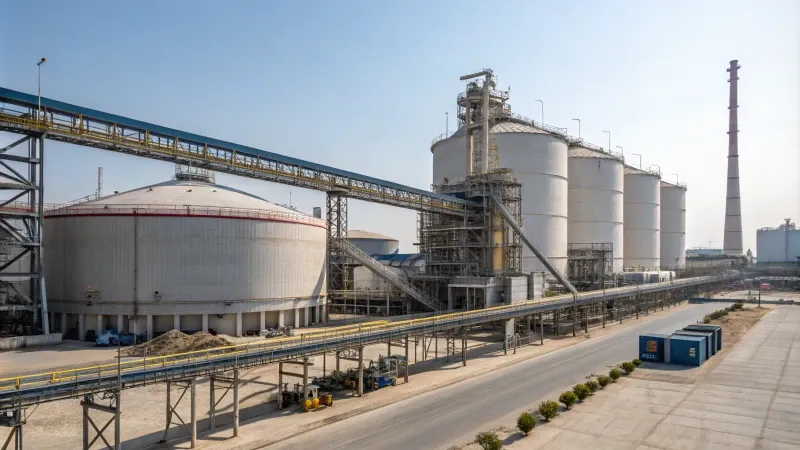 |
| China's Titanium Dioxide |
China, the world's leading producer of titanium dioxide (TiO2), is set to experience a fall in capacity utilization rates by 2025. This decline is attributed to an expected rise in production capacity, muted demand from downstream sectors, and mounting export pressure. According to market estimates, China’s TiO2 capacity utilization is projected to decrease by 2 percentage points, reaching 68% in 2025 from 2024’s 70%.
Capacity Expansions and Production Growth
In 2024, China will continue its expansion of TiO2 production capacity with several new facilities coming online. Companies like Pangang, Inner Mongolia Guocheng, Fujian Kuncai, and Guangdong Huiyun are set to add a combined 700,000 tons per year (t/yr) of new capacity. This expansion will increase the total production capacity from 5.87 million t/yr in 2023 to 6.57 million t/yr by the end of 2024.
In 2025, further expansions will continue. Shandong Jinhai, Sichuan Yibin Tianyuan, and Shandong Xianghai Titanium Resources Technology are among the companies investing in additional capacity. These new projects will add at least 360,000 t/yr of TiO2 capacity, bringing China's dominance in the global market even higher. Despite these investments, the rising supply could outpace domestic demand.
Muted Domestic Demand
The domestic demand for TiO2, particularly from the painting industry—China's largest consumer of TiO2—has been weakening in recent years. The painting sector accounts for approximately 60% of China's TiO2 consumption, with architectural coatings being the largest segment. However, the slowdown in China’s real estate industry, which directly affects the demand for architectural coatings, is contributing to a reduction in TiO2 consumption.
China’s real estate sector has faced substantial challenges since 2022, with significant declines in investment and completed residential areas. As a result, TiO2 demand from this sector is expected to remain sluggish, further pressuring the TiO2 market in the coming years.
Export Pressure and Trade Restrictions
China’s TiO2 exports have been increasing, with a marked rise in 2023, which accounted for 39.5% of the country’s total production. However, this surge in exports has led to anti-dumping investigations in multiple regions, including the European Union, India, Brazil, and Saudi Arabia. The European Union, in particular, has imposed final anti-dumping duties on Chinese TiO2 imports, which will take effect from January 2025.
These trade restrictions could impact the international demand for Chinese TiO2, as countries with ongoing anti-dumping measures are likely to see a reduction in TiO2 imports from China. Meanwhile, competitors in other countries, such as Tronox, are recovering from low utilization rates and are expected to increase their production, potentially reducing China’s share in the global TiO2 market.
Outlook for 2025 and Beyond
The overall outlook for China’s TiO2 market in 2025 is uncertain. While capacity expansions will continue, weak domestic demand and export restrictions will likely make it challenging for the country to sustain the high output levels seen in previous years. Market participants predict that the growth in output will slow down, and capacity utilization rates will continue to decline as China faces both domestic and international pressures.
As China grapples with a combination of weaker demand and export constraints, it is expected that the TiO2 industry will have to adjust to a new normal of reduced growth in 2025.














 We publish to analyze metals and the economy to ensure our progress and success in fierce competition.
We publish to analyze metals and the economy to ensure our progress and success in fierce competition.
No comments
Post a Comment